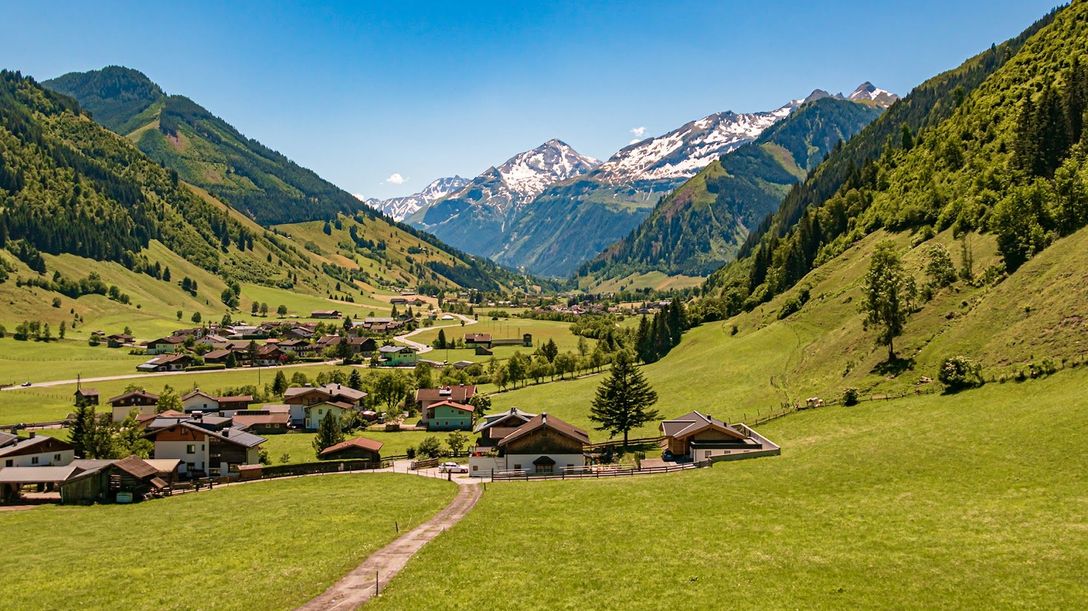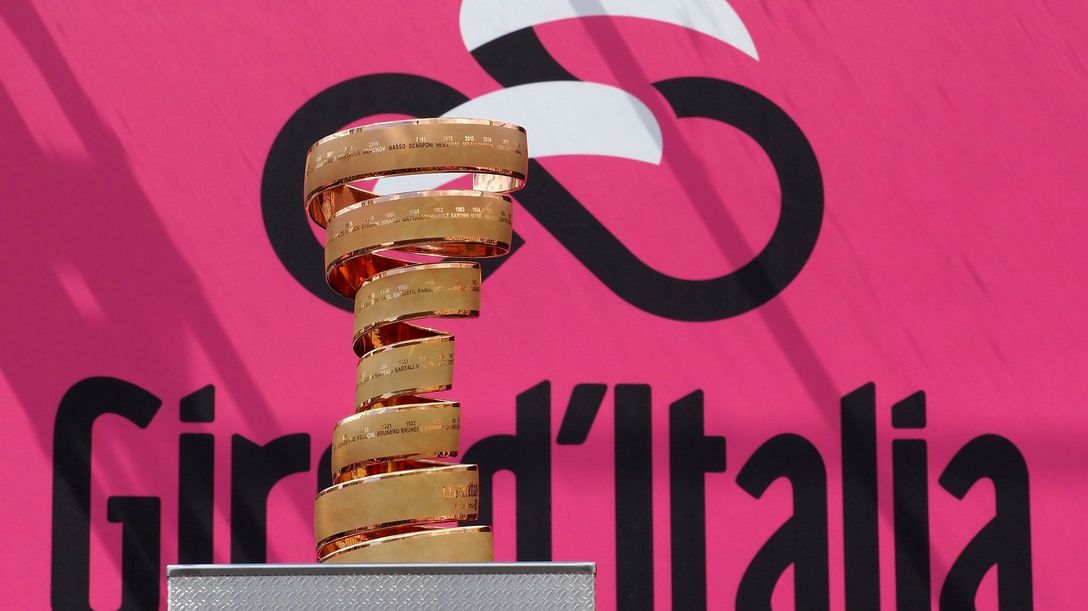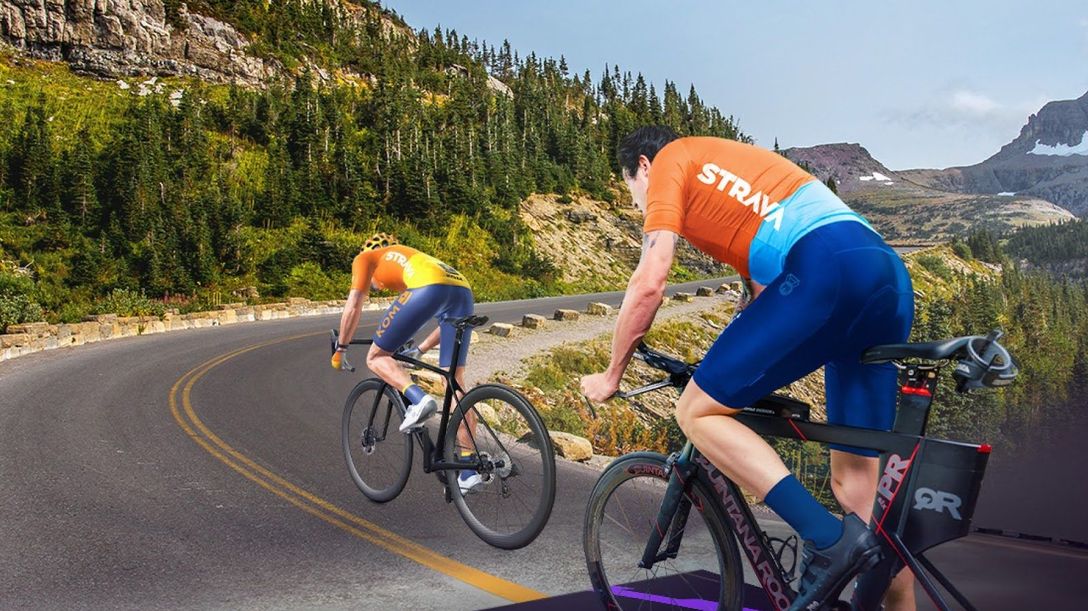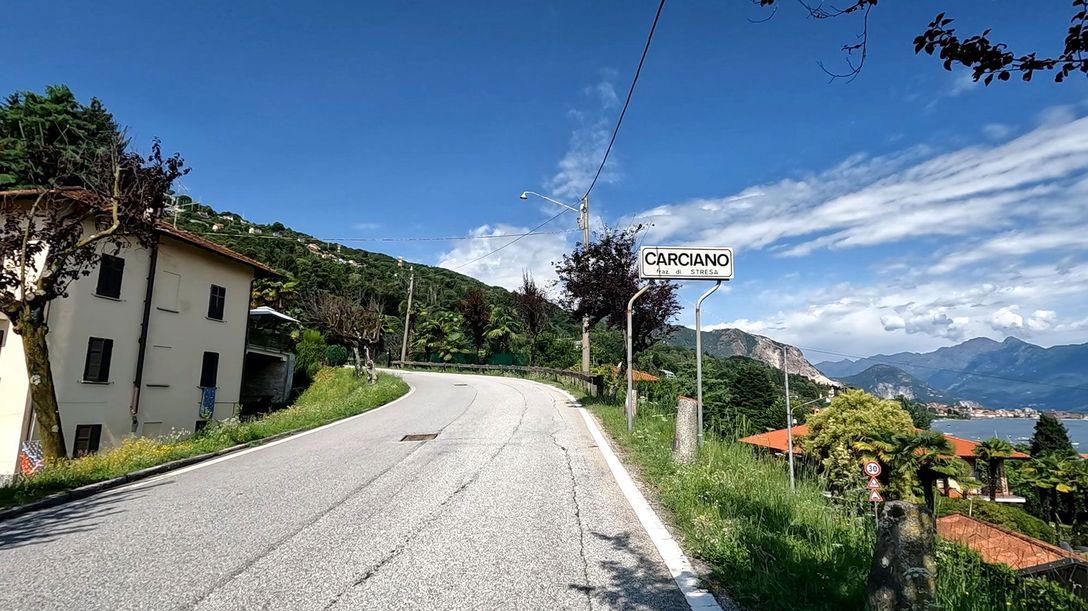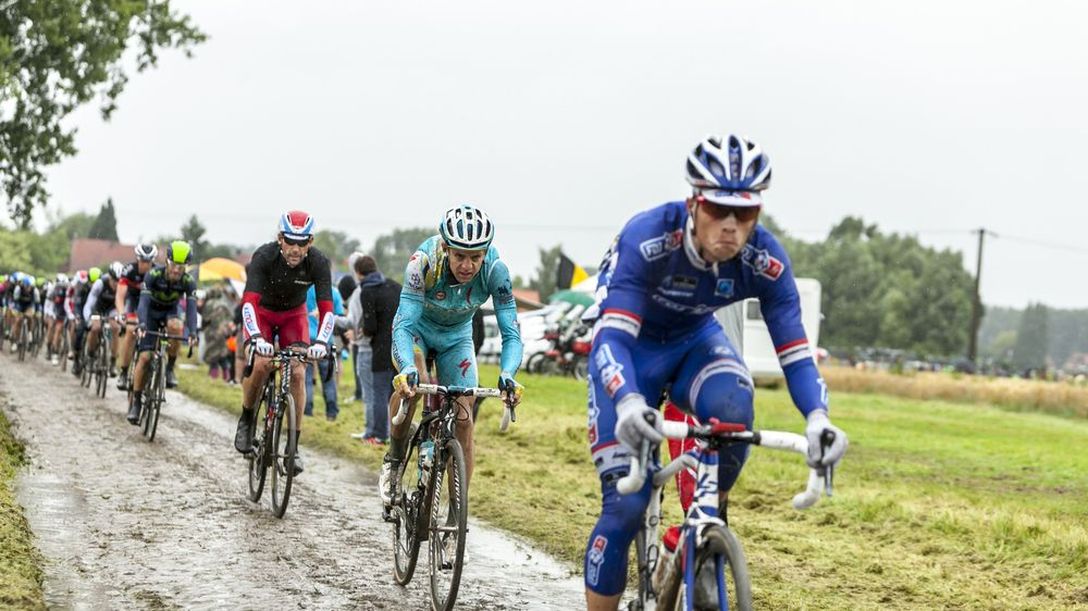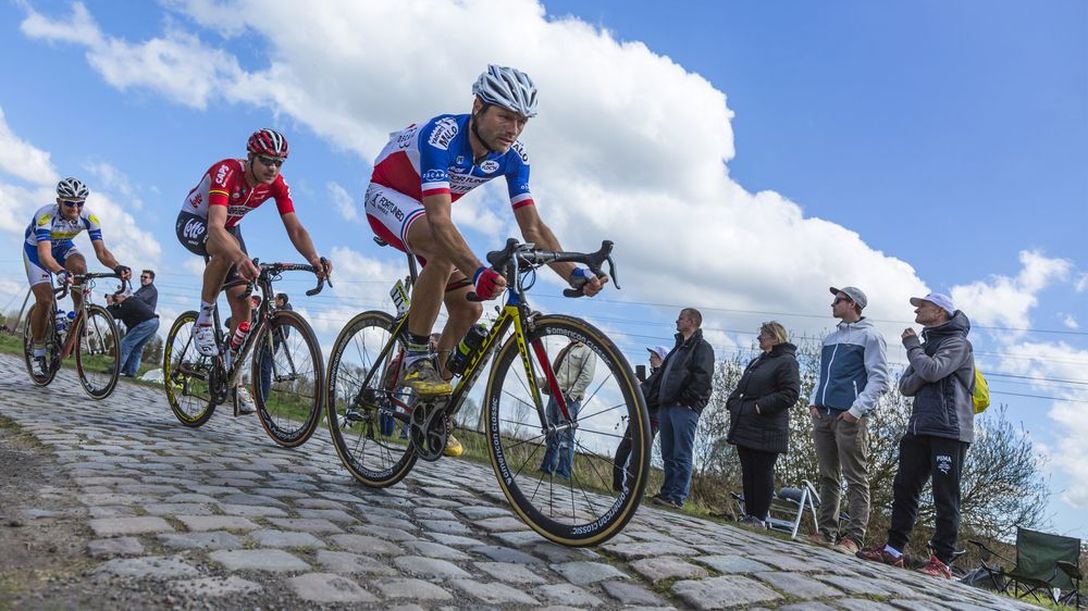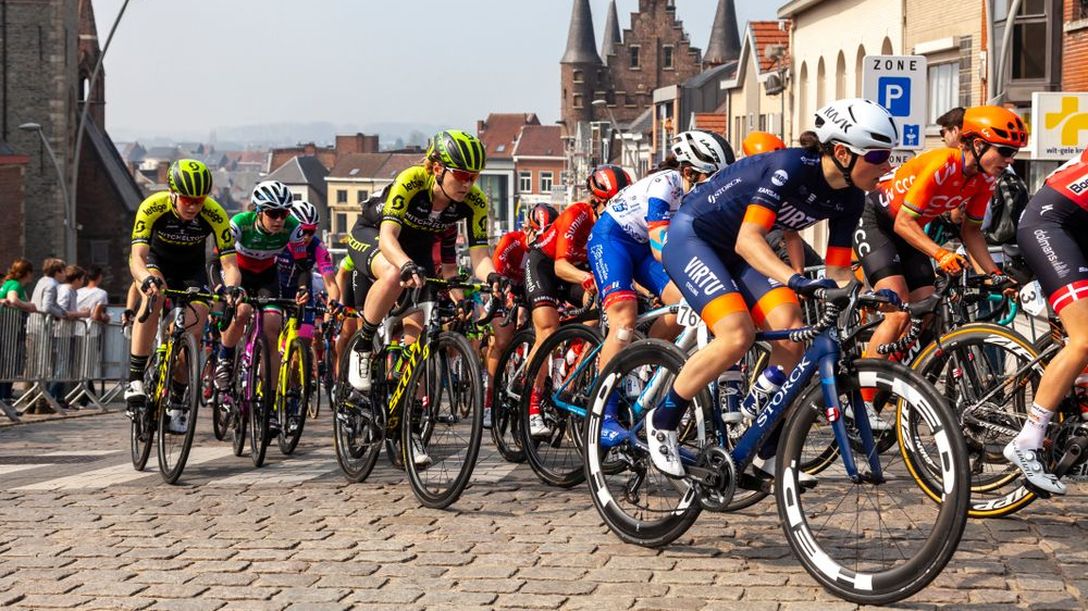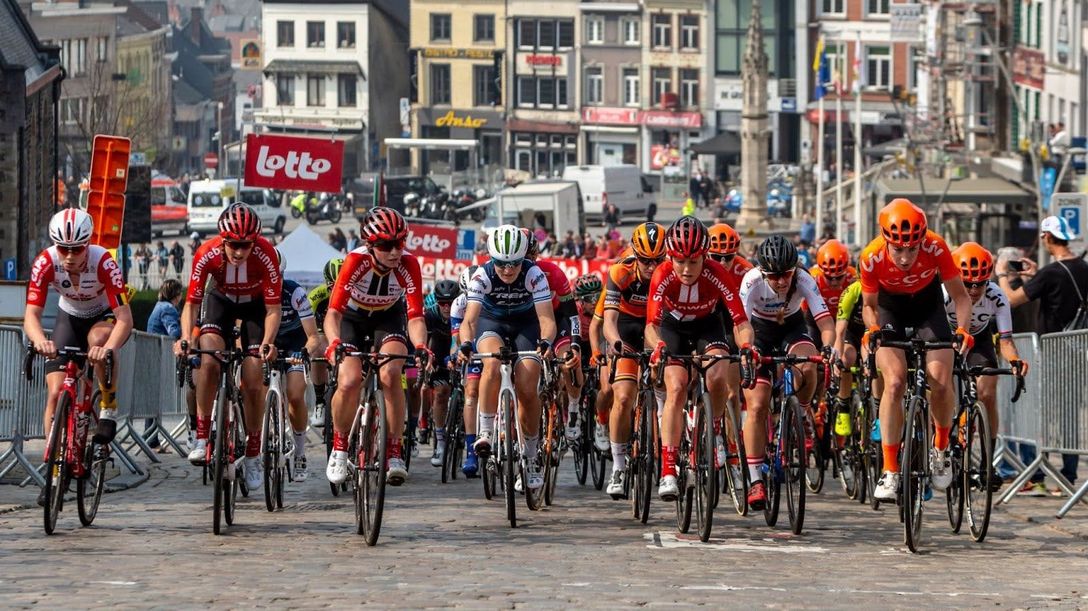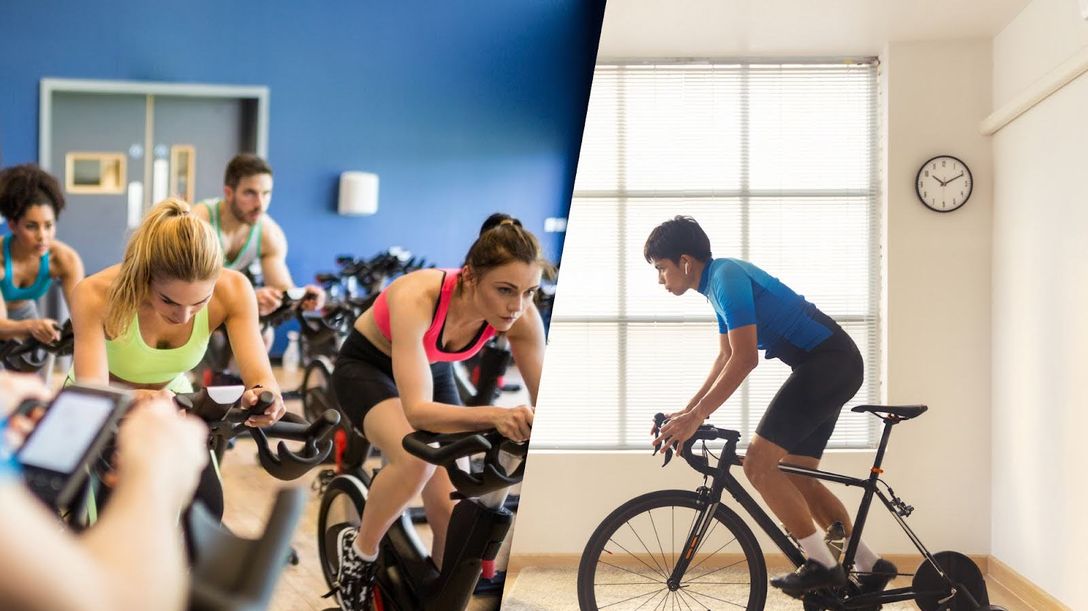4/25/2024 – Mark Nessmith
TOP 10 RECENT IMPROVEMENTS TO THE ROUVY APP
If you’re a regular ROUVY rider, you know improvement is a constant process around here. With that in mind, we thought we’d offer a quick look back at 10 of the most impactful upgrades to the app over the past year.
